Share
Those Situation Room Photos & The Last Supper
With the announcement of the death of ISIS leader Abu Bakr al-Baghdadi by U.S. Special Forces in Northern Syria, the White House tweeted out a phot...
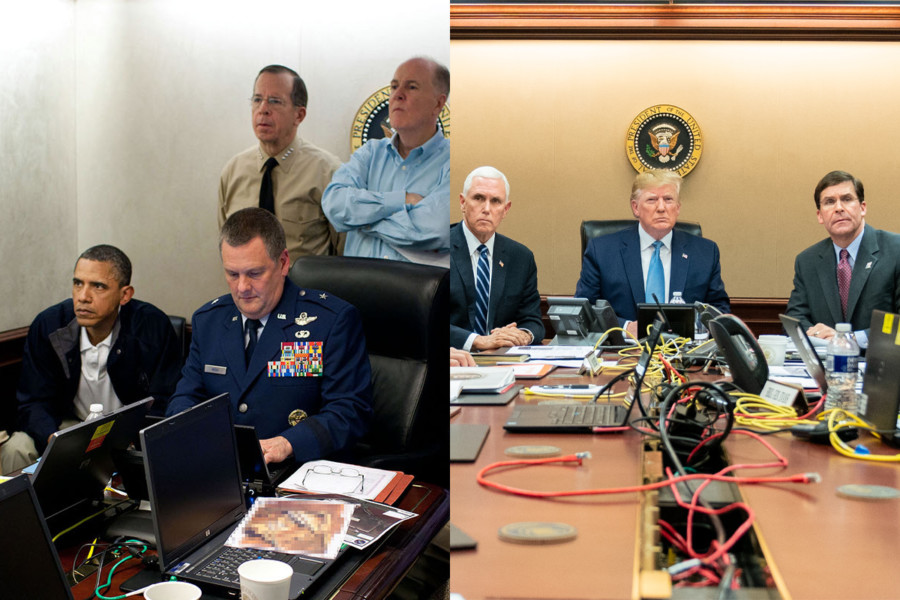
With the announcement of the death of ISIS leader Abu Bakr al-Baghdadi by U.S. Special Forces in Northern Syria, the White House tweeted out a photo from the Situation Room taken by White House Chief Photographer Shealah Craighead.
Pundits immediately compared the image to Pete Souza’s photo during the 2011 raid on Osama bin Laden’s compound which led to bin Laden’s death.
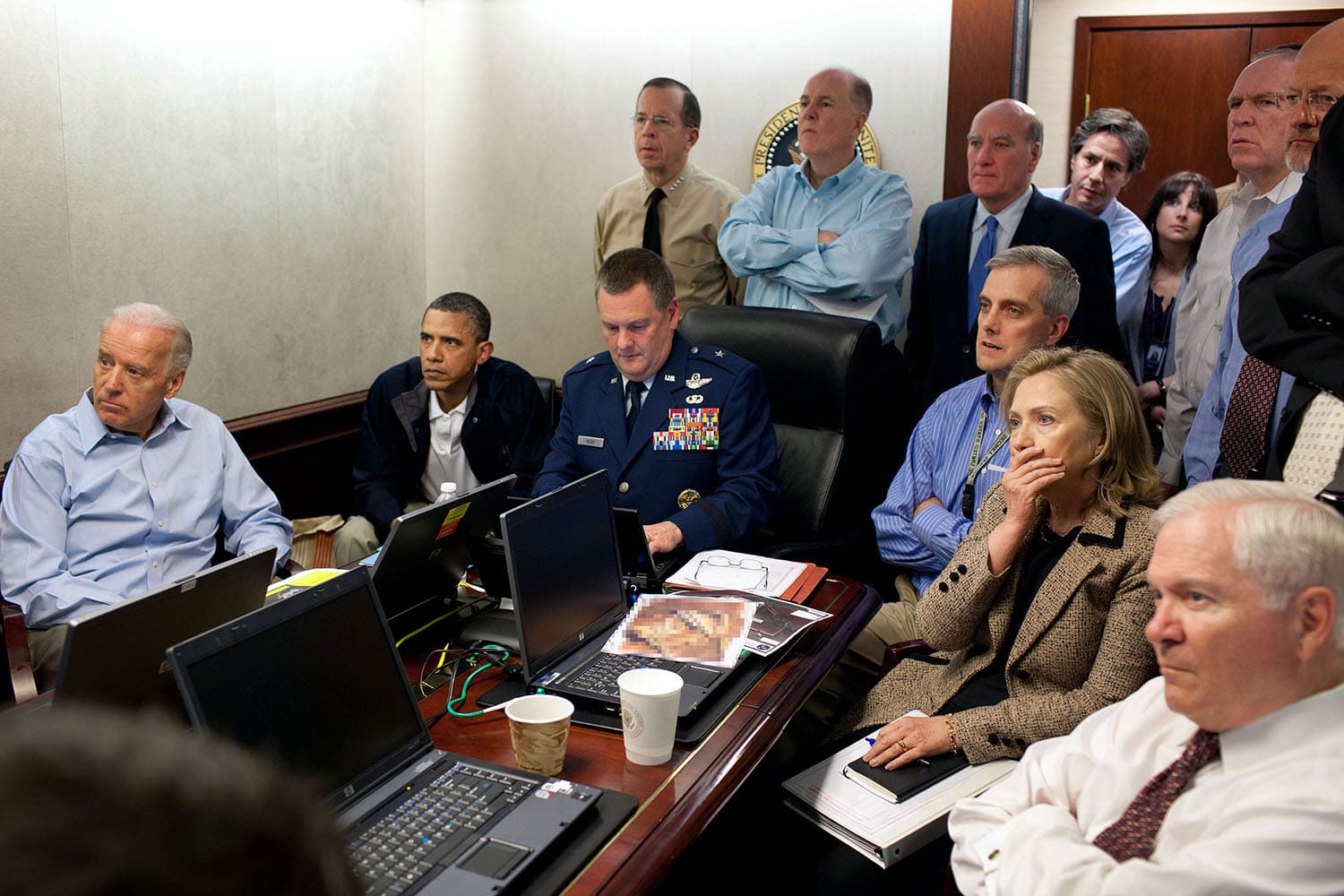
Both images were taken from the White House Situation Room during an active operation, but they are different in a number of key ways.
What the IPTC and EXIF Metadata Reveals
Digital cameras and smartphones append varying amounts of metadata to the images they capture that can reveal information about time/date, location, camera type etc.
Souza’s photo:
- Camera: Canon EOS 5D Mark II
- Lens: 35mm f/1.4L USM
- Exposure: ISO 1600 f/3.5 at 1/100s
- Caption: “Much has been made of this photograph that shows the President and Vice President and the national security team monitoring in real time the mission against Osama bin Laden. Some more background on the photograph: The White House Situation Room is actually comprised of several different conference rooms. The majority of the time, the President convenes meetings in the large conference room with assigned seats. But to monitor this mission, the group moved into the much smaller conference room. The President chose to sit next to Brigadier General Marshall B. “Brad” Webb, Assistant Commanding General of Joint Special Operations Command, who was point man for the communications taking place. WIth so few chairs, others just stood at the back of the room. I was jammed into a corner of the room with no room to move. During the mission itself, I made approximately 100 photographs, almost all from this cramped spot in the corner. There were several other meetings throughout the day, and we’ve put together a composite of several photographs (see next photo in this set) to give people a better sense of what the day was like. Seated in this picture from left to right: Vice President Biden, the President, Brig. Gen. Webb, Deputy National Security Advisor Denis McDonough, Secretary of State Hillary Rodham Clinton, and then Secretary of Defense Robert Gates. Standing, from left, are: Admiral Mike Mullen, then Chairman of the Joint Chiefs of Staff; National Security Advisor Tom Donilon; Chief of Staff Bill Daley; Tony Blinken, National Security Advisor to the Vice President; Audrey Tomason Director for Counterterrorism; John Brennan, Assistant to the President for Homeland Security and Counterterrorism; and Director of National Intelligence James Clapper. Please note: a classified document seen in front of Sec. Clinton has been obscured.”
Craighead’s photo:
- Camera: Sony Alpha 9
- Lens: FE 24-70mm F2.8 GM (shot at 24mm)
- Exposure: ISO 2500 f/2.8 at 1/400s
- Caption: none
Craighead’s Sony can shoot with a completely silent shutter, unlike the mechanical shutter of the Canon 5D. This makes it a more inconspicuous choice for the tense environments – although given the fact that four of the six men are looking directly into the lens would suggest that Craighead was not acting as a “fly on the wall.”
Souza’s aperture gave him more depth-of-field – an important decision to get more of the key players in focus.
Accidental Renaissance vs Accidental Baroque
#accidentalrenaissance describes contemporary photos that evoke 15th and 16th century classicism. It’s a term that has been ascribed to images like Craighead’s Pelosi/Trump photo.
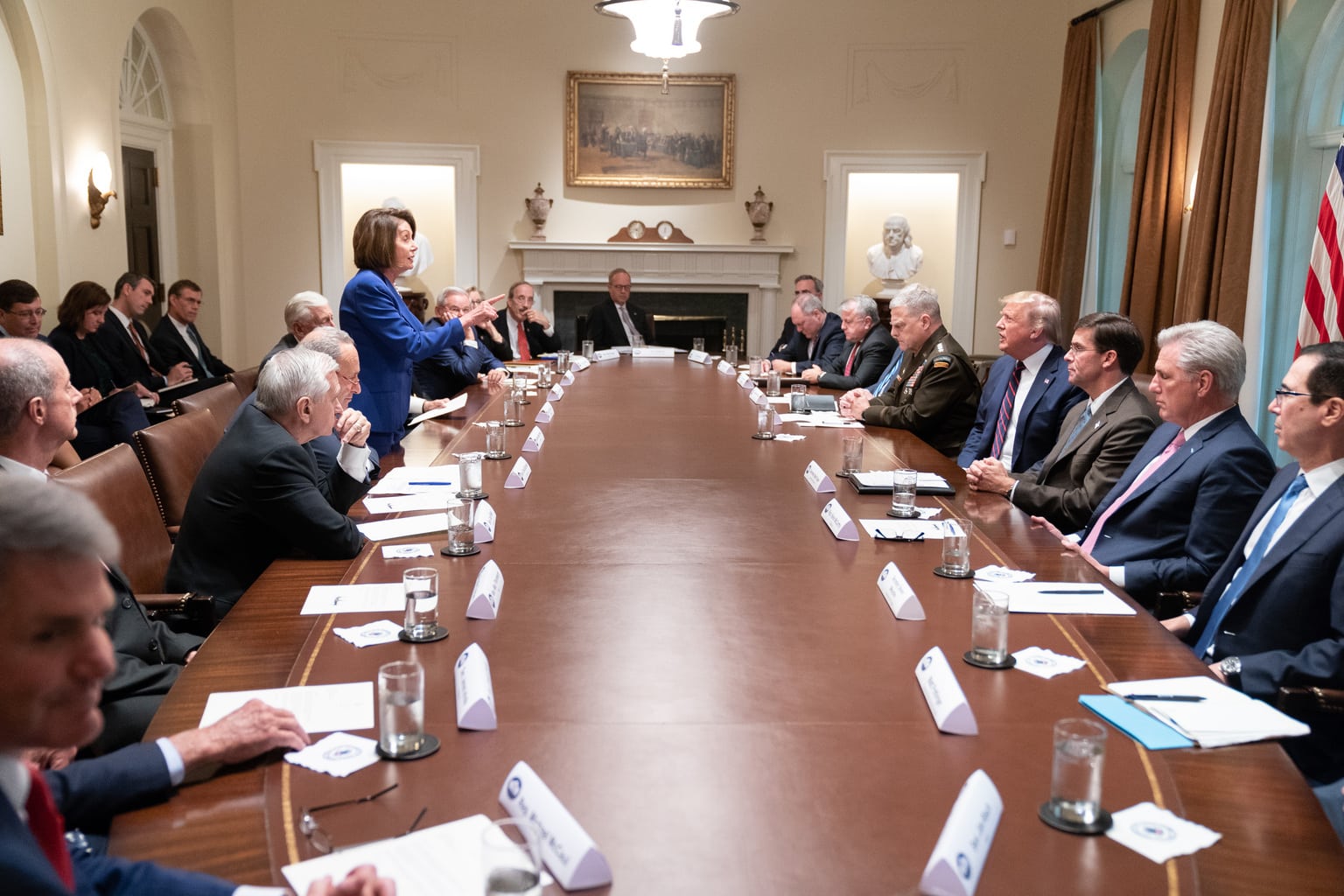
But as writer/artist Chloe Esselmont points out in a Vogue article, the label is often misapplied. What is often thought of as “renaissance” actually has more in common with Baroque style. Esslemont writes, “Part of what strikes me about this image is that the internet loves to shout “Accidental Renaissance” at compelling candid pics. Usually when that’s done, the pictures actually fit more into the Baroque category, with lots of dramatic movement.”
As an example, here is Leonardo da Vinci’s The Last Supper, an emblematic Renaissance image completed in 1498. The painting has a level horizon and straight-on point-of-view with a linear perspective.
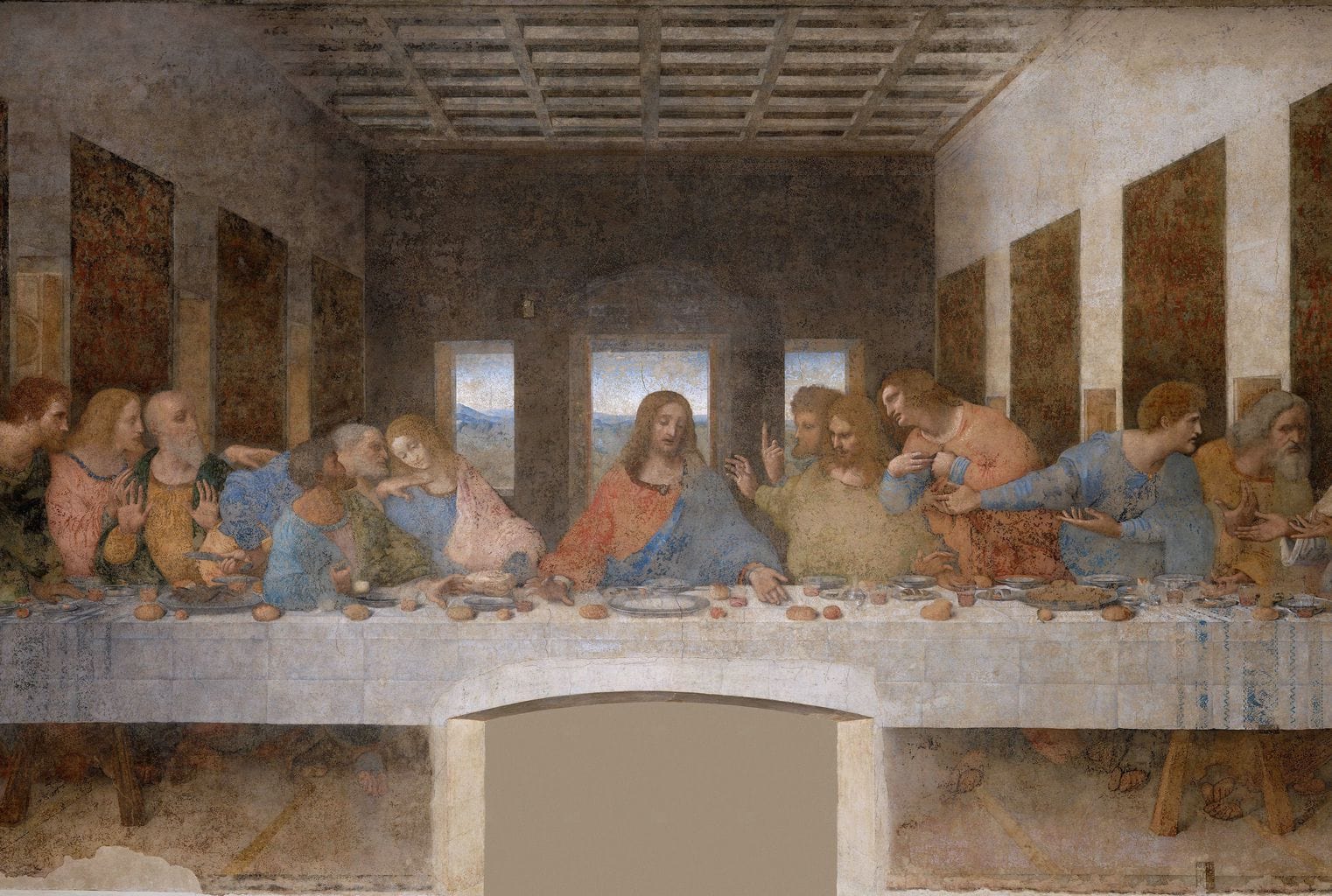
And here is Jacopo Tintoretto’s Last Supper completed nearly 100 years later in 1594. Baroque art is characterized by overt emotional content and drama. Note the angle of the subjects to the viewer.
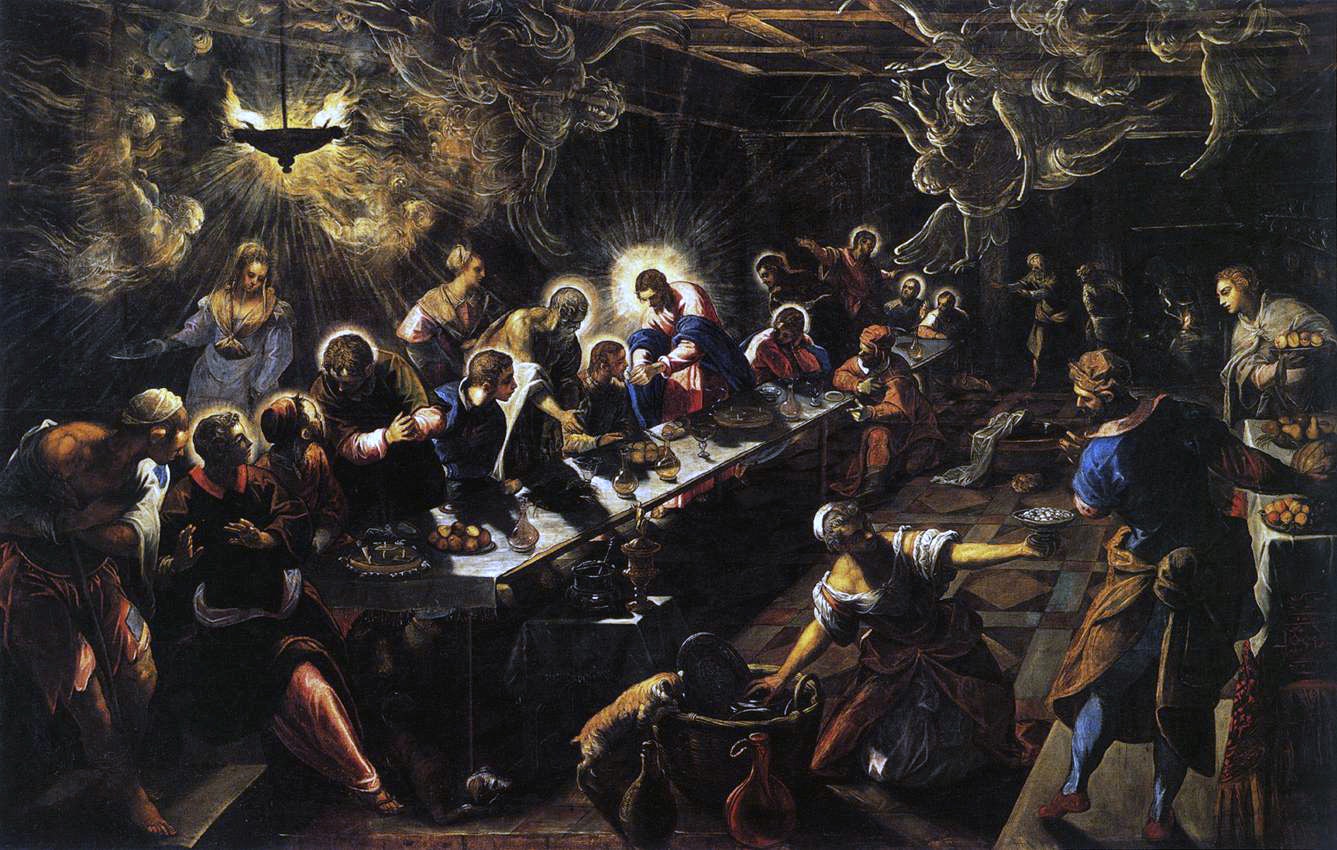
Craighead’s positioned herself directly in front of Trump, and the image reflects the self-awareness of her subjects. It could nearly be classified as a portrait. The low angle is evocative of sports “hero shots” where the photographer’s POV makes the subject seem larger than life. But it also means that we can see the tabletop and the jumble of power cords and ethernet cables (no WiFi for security purposes!). If the intent was to create a stoic portrait, the image partially fails because of composition. If the reporting regarding the timing of the image is accurate (17:05:24 EST with the mission commencing around 18:00), then the image was not taken during a particularly tense moment.
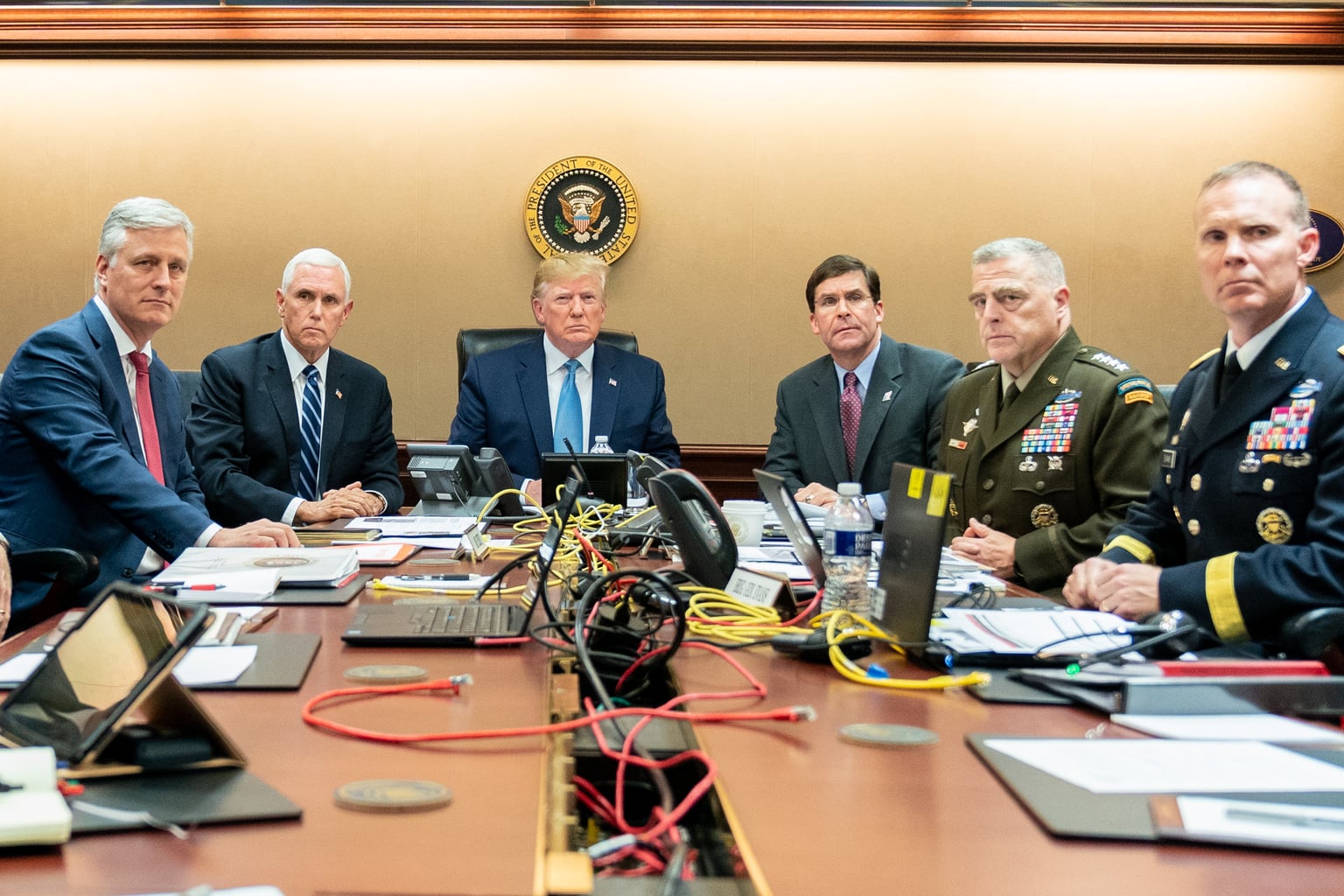
Souza’s image appears more authentic. The room is crowded. Jackets are off. No one is looking at the camera. The angle and drama are evocative of Tintoretto’s painting.
How do Administrations Use Photography?
In “Obama: An Intimate Portrait,” Souza recounts being offered the job of Chief Photographer. “I remember telling Gibbs that in order to do the job, I needed to have access. Access to everything. All the important stuff, the moments when decisions are made. Even if it was classified. He said, ‘Of course, the President-elect gets it.’ That was all I needed to hear.” Souza had a long-standing relationship with Obama prior to his appointment.
The Obama administration used photography in an unprecedented way, and a way that reflected the trust between the President and Souza and his staff. The images quickly moved away from the “grip and grin” photo ops that characterize many incarnations of presidential photography.
By contrast, the Trump White House didn’t appoint Craighead until many weeks after the inauguration, such that many people thought he might not appoint anyone. Trump masterfully uses Twitter, but his use of photo and video seem to suggest a low visual literacy – a somewhat surprising position given Trump’s predilection for TV and PR.
The two Situation Room images, in a way, are representative of the way each Administration views and values photography. The contrast will undoubtedly provide fodder for photo historians for years to come.


